They already operate the Airbus A321LR and are happy with it, but Air Astana are now looking at the A321XLR. And the reason is a bit unusual! Or Is it?
Kazakhstan’s Air Astana has been modernizing its single-aisle fleet in the past few years. Before the pandemic, the airline was in the process of retiring its 757 fleet. 2020 caused them to speed up this process. But the airline had already begun taking deliveries of A321neos and A321LRs. And they have nothing but praise for both.
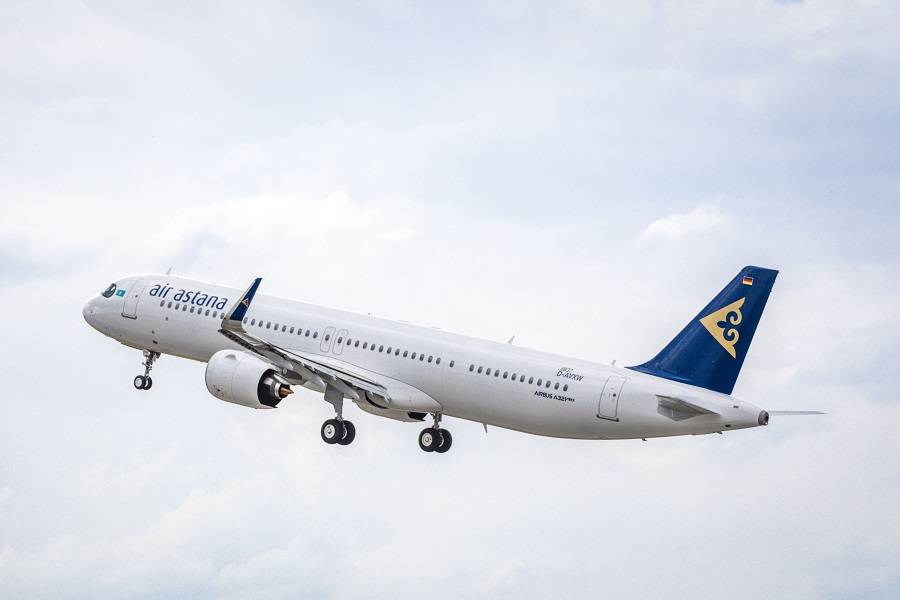
The airline has a couple of Boeing 767s, for its long-haul operations. Air Astana has no intentions of using single-aisles in this role – but they still find the A321XLR quite appealing. And according to a recent interview, the reason is the ability of this jet to carry cargo! So, with this jet being externally identical to the A321LR, what does this actually mean?
The relevant quote about the A321XLR, came from Peter Foster, CEO of Air Astana:
“We have been discussing the XLR… the XLR may well have some advantages in terms of weight, which obviously is cost, and in terms of its ability to carry more cargo. It’s quite possible that, for those two reasons, the XLR will be a good progression from the LR. And we are actively discussing and looking into it.”
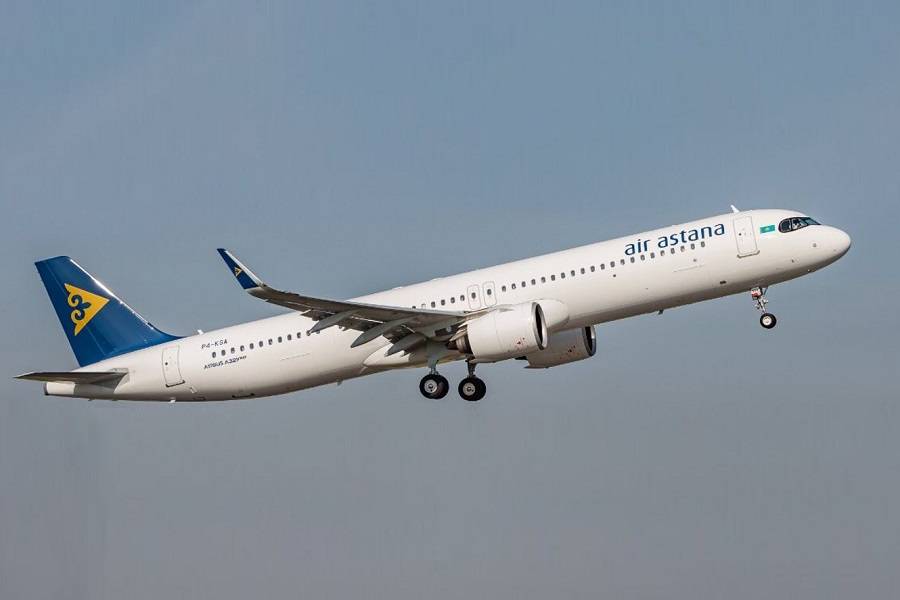
What Really Makes an XLR an XLR
To understand the Air Astana CEO’s thinking, we need to see how the A321XLR differs from the A321LR. A really quick answer is that the XLR has a higher gross weight. But Mr Foster’s wording is clear: weight and the ability to carry cargo are two separate factors. Here cargo is mainly about space, not weight. And that’s the appeal of the A321XLR for Air Astana.
Also, it’s worth clarifying here what the A321LR is, and isn’t. This aircraft is not really a separate model, from the A321neo. In Air Astana’s case, the full type of its LR aircraft is ‘A321-271NX’. The one for the A321neos is ‘A321-271N’. But that doesn’t mean that the ‘X’ identifies the LR variant. For example, JetBlue’s A321neos, including LR models, are all A321-271NXs.
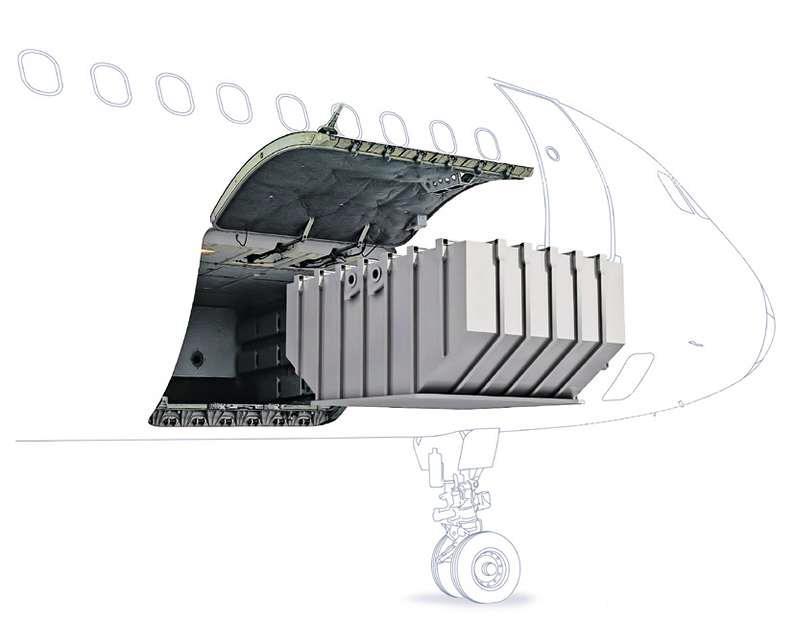
The ‘X’ suffix actually relates to the cabin configuration and the layout of the aircraft’s doors. This layout is a better fit for long-range operations, according to Airbus. Hence, ‘LR’. Yes, these jets typically have extra tanks in the hold, for the same reason. But actually, any A321neo (or ceo) could have these Auxiliary Center Tanks (ACTs). They’re even reasonably quick to add and remove.
The appeal of the A321XLR for Air Astana, has to do with its Rear Center Tank (RCT). As we have seen in previous articles, this tank is NOT quickly removable – or removable at all. The RCT is integral to the structure of the XLR. As an oversimplification, the design is like that of a ‘wet-wing’; an aircraft’s wing tank IS part of the wing structure.
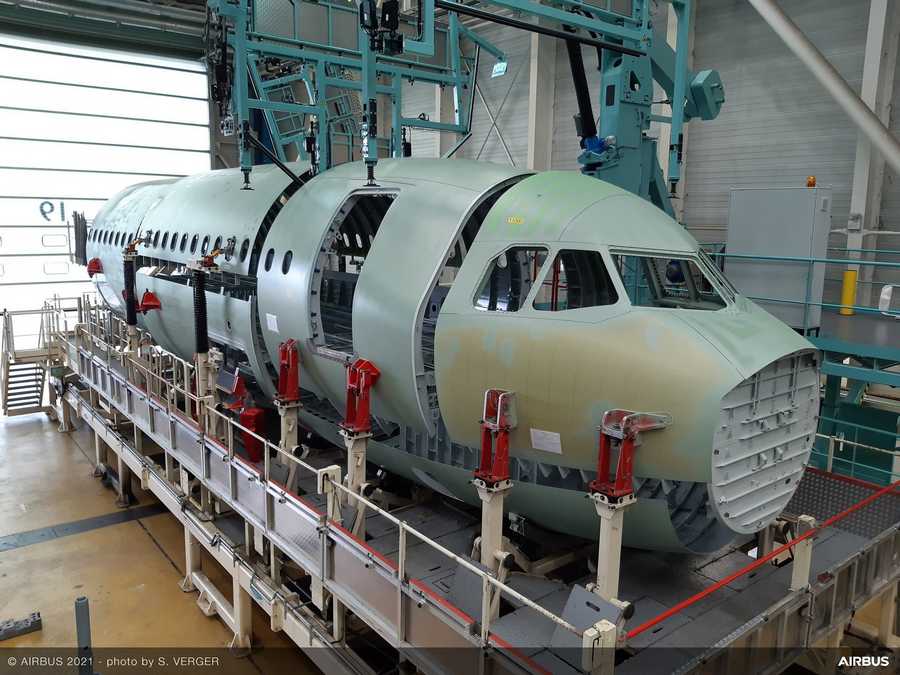
A321XLR – The Air Astana 757 Replacement?
So the RCT carries the fuel of FOUR auxiliary fuel tanks, but weighs as much as ONE of them. And more crucially, it takes the space of two ACTs in the hold. This design architecture means that with the A321XLR, Air Astana and other operators would be able to carry more cargo.
In a country that already has a sizable transport infrastructure, by air and otherwise, the above could be irrelevant. But for Air Astana and their role as Kazakhstan’s flag carrier, the A321XLR could be more than just a ‘nice-to-have’. Remember, their A321LRs replaced their 757s, which could also carry plenty of cargo in the hold.
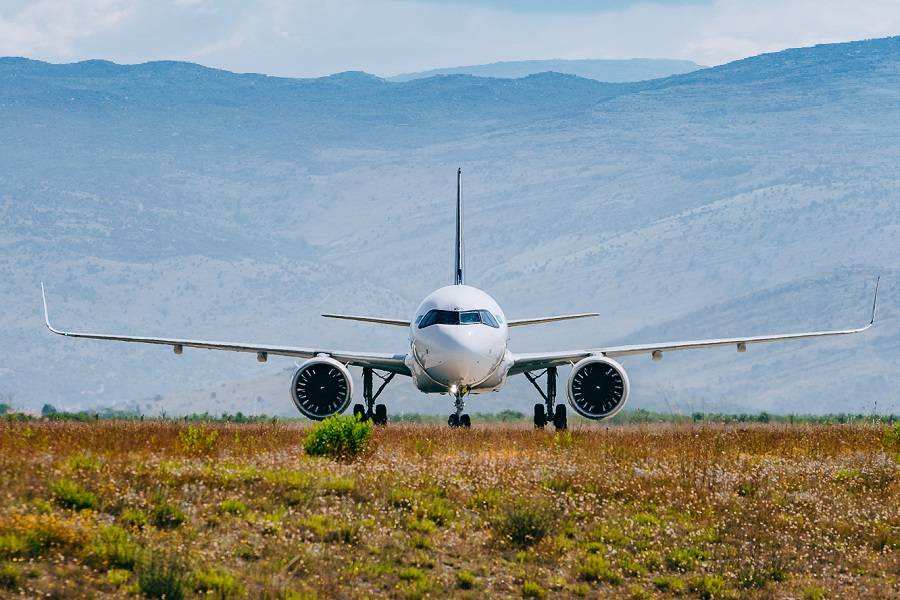
It is this aspect of the 757’s utility that Air Astana would recapture with the A321XLR. And with the LR in service, the airline can make some interesting comparisons. They report that the A321LR burns “less than half the fuel of a 757”, in the same routes! With more gross weight (4 tons), the XLR could have the same performance AND recover most of this valuable cargo.
It is small operational differences like this, that we often miss when making comparisons between aircraft types. But there are other factors, like delivery times. The A321XLR should enter service in 2023, and Air Astana would likely have to wait 1-2 years beyond that. The XLR already has nearly 500 orders.
Air Astana has been operating its new A321LR fleet with a generous, premium-heavy layout (16 business seats, 150 economy). The airline has also been taking delivery of new Embraer E190-E2s. Their future orders could be interesting. Those 767s of theirs, are some of the youngest passenger 767s still flying!



